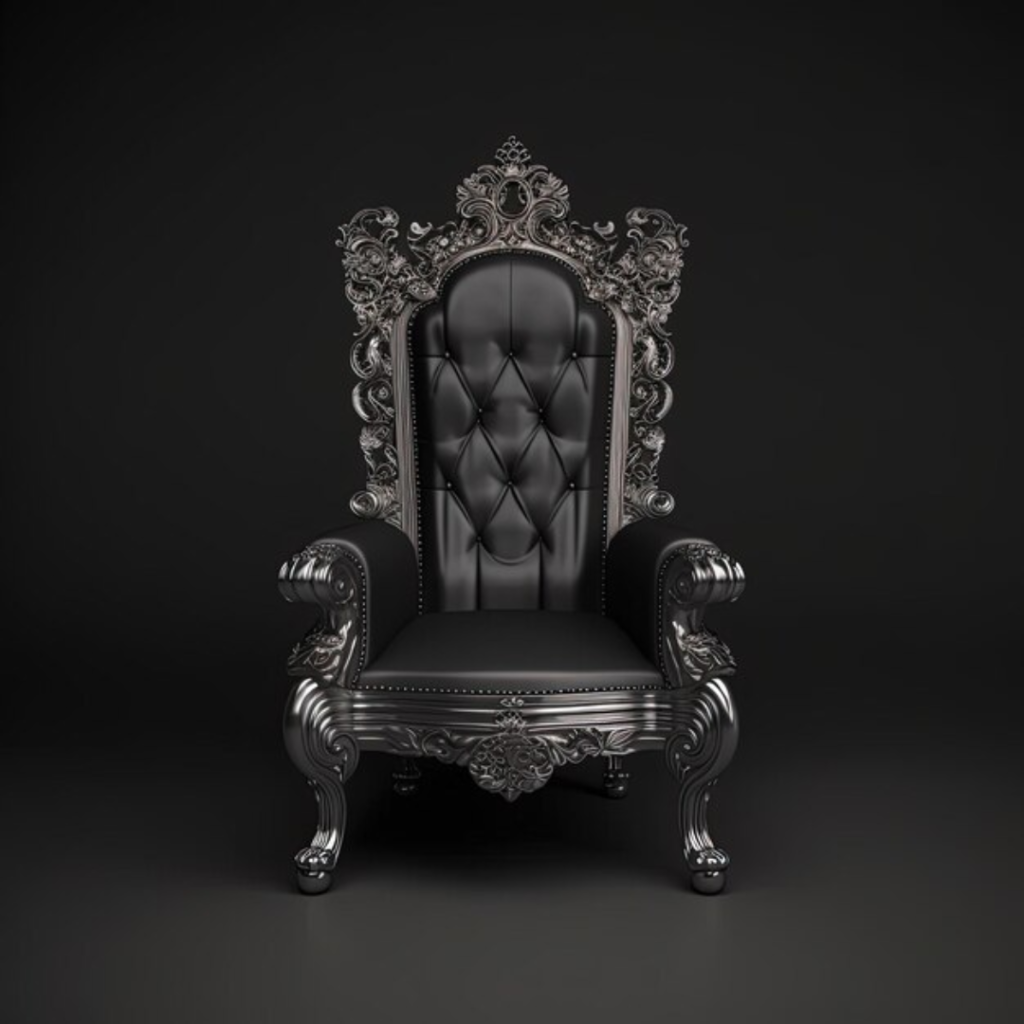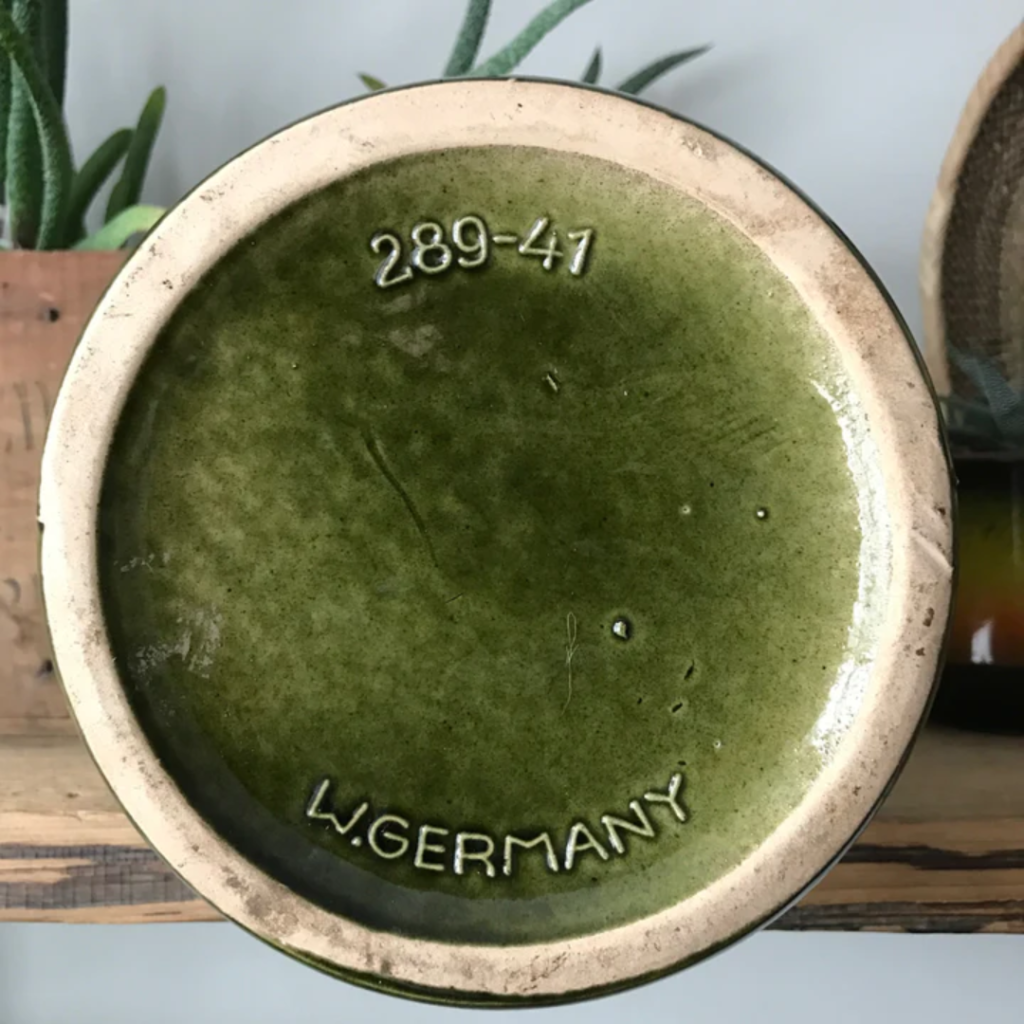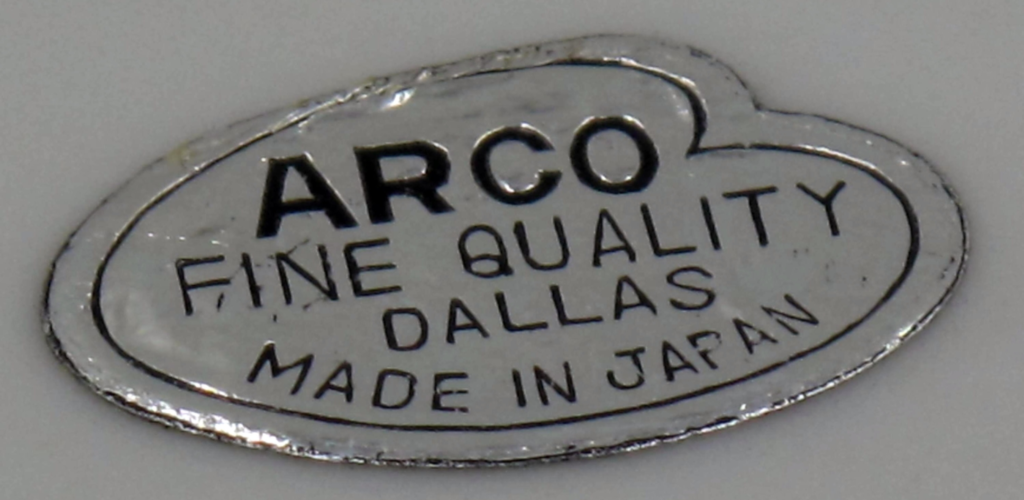Ever wandered through a flea market or antique shop, wondering what sets vintage and antique items apart? You’re not alone! While these terms are often used interchangeably, they hold distinct meanings that are important for collectors, decorators and enthusiasts alike. Understanding the differences will guide your choices, whether you’re looking for a unique piece to finish your living room or starting a collection.
In the world of collectibles, age is everything. Generally, an item is considered antique if it’s over 100 years old, vintage if it’s at least 20 years old but less than 100. This distinction affects not only the value and historical importance of an item but also its aesthetic appeal. By digging deeper into these categories, you’ll learn how they influence the market and your personal style.


Vintage vs Antique: What’s the Difference?
Origins of the Terms
The term “vintage” originated in the wine world, referring to the year the wine was produced. Over time it came to describe items from a specific era.
“Antique,” on the other hand, has Latin roots meaning ancient, which is exactly what these treasures are.
What is Vintage?
When you think of vintage, imagine items that are like a time capsule from 20 to 100 years ago. These pieces capture the essence of a specific era, offering a window into the culture and style of the time. For instance, a mid-century modern chair or a 1980s vinyl record can take you back to those decades.
How to Identify Vintage Items
- Manufacturing Labels: Look for tags or logos that pinpoint the decade. A “Made in Japan” label on a toy might suggest the 1970s, while a “Made in West Germany” tag could indicate the 1950s or 60s.
- Design Style: Look for iconic styles like art deco jewelry or retro kitchenware. These designs are unmistakable and speak volume about their time.
- Patina and Wear: Vintage items show some aging but not as much as antiques. Think of a slightly worn leather jacket from the 1970s—it has character but isn’t falling apart.
- Materials: Items made with early plastics, chrome finishes or Bakelite are classic vintage markers. These materials were the latest and greatest in their day.
- Rare Collectibles Insight: Some items, like certain vinyl records or early electronics are already rare and highly sought after even if they haven’t hit the 100-year mark.


What is Antique?
Antiques are the granddaddies of collectibles, over 100 years old. These items are often handmade, showcasing the craftsmanship that stood the test of the time. Picture a hand-carved wooden chair from the 1800s or a delicate piece of Victorian jewelry.
How to Identify Antique Items
- Materials and Construction Techniques: Look for older methods like dovetail joints in furniture or hand-forged metalwork in jewelry. These are signs of true antiques.
- Aging (Patina): Antiques show significant wear, such as tarnishing or natural cracking. This aging process is part of their charm and authenticity.
- Markings and Stamps: Authentic makers’ marks or engravings can verify the item’s origin and age. A hallmark on silverware, for example, can tell you a lot about its history.
- Provenance Documentation: High value antiques often come with paperwork that proves their history. This documentation can significantly boost an item’s value.
- Collector Tip: While some restoration may be necessary, experts recommend minimal intervention to maintain the value of an antique.


Key Differences Between Vintage and Antique
Age:
- Vintage: These items are between 20-100 years old. They capture the spirit of more recent history, often reflecting the post-industrial revolution era.
- Antique: Anything over 100 years old falls into this category. These pieces are like windows into the past, showcasing craftsmanship from bygone eras.
Cultural Significance:
Vintage items often resonate with modern pop culture, like a 1960s dress that channels the spirit of the swinging sixties. Antiques, however, are historical craftsmanship, like a beautifully carved Victorian table.
Tip from Collectors: keep an eye for items that are getting close to the 100-years mark. A watch from the early 1920s will soon become an antique, potentially increasing in value.
Value:
Antiques generally hold more value due to age, rarity and craftsmanship. But some vintage items like rare electronics or 1970s fashion, can also command high prices in niche markets.
Rare Vintage Trend: Some collectors say vintage electronics, or 1970s fashion can be just as valuable as antiques due to their increasing rarity.
Durability and Condition:
Antiques, being older and often handmade, may be more fragile but they are built to last. Vintage items, made with post-industrial materials tend to be sturdier.
Pro Tip: Look for items with minimal restoration. Over-restoration can decrease an item’s value as it takes away from its authenticity.
Understanding Market Value:
When it comes to determining the value of vintage vs antique items, three key factors come into play: age, rarity and condition. Each of these can impact an item’s desirability and, ultimately, its price.
The Age Factor
The older an item, the more historical significance it tends to carry. This can make it more desirable to collectors and enthusiasts, particularly when comparing vintage vs antique pieces. For instance, a 19th-century vase might be more valuable than a 1950s vase due to its age and rarity.
Rarity: The X-Factor
Limited production and specific makers can increase an item’s value, whether it’s vintage or antique. A rare 1950s radio might be just as coveted as an 18th-century clock. The scarcity of these items can drive up their value, making them highly sought after by collectors.
Condition: The Make-or-Break Factor
Both vintage and antique items can hold or lose value depending on their state. A well-preserved item is often more desirable, but certain scratches, dents, or patinas can actually add value by showing authenticity and age. These imperfections tell a story, making the item more unique and valuable.
Collectors Tips:
- Avoid highly restored items unless the work has been documented and completed by an expert. Authenticity is key, especially when comparing vintage vs antique items.
- Some scratches, dents or patina can actually add value by showing authenticity and age. These imperfections tell a story.
Niche Collectibles Insight: Vintage electronic devices, like early radios or first-generation gaming consoles, are gaining recognition and rising in price due to their limited availability. These items are becoming the new frontier for collectors, blending nostalgia with rarity.
Why Collectors and Enthusiasts Are Drawn to Vintage and Antique Items
A Connection to History
There’s something special about holding a piece of history in your hands. Antiques are a direct link to the past, showcasing craftsmanship from yesteryear. Imagine owning a handcrafted Victorian chair or a delicate piece of Art Nouveau jewelry. These items tell the story of the people who made and used them, providing a tangible connection to history.
Vintage items, on the other hand, often evoke nostalgia for more recent decades. Whether it’s a 1960s record player or an 1980s arcade game, these items remind us of times past, memories and emotions. They capture the spirit of their era, for those who lived through it and those who wish they had.
Aesthetic Appeal
The aesthetic charm of vintage and antique items is undeniable. Antiques have an intricate, handmade details that stand out in today’s world of mass production. Think of the carvings on a Georgian sideboard or the elegance of a Tiffany lamp. These items add a touch of class and history to any room.
Vintage items, on the other hand, appeal to modern tastes with their retro vibe. The clean lines of mid-century modern furniture or the bold patterns of 1970s textiles can complement the modern decor beautifully. This blend of old and new creates a unique style that is both timeless and trendy.
Collector’s Tip: In the last few years, certain vintage electronics and retro furniture trends have gained significant value at auction. Items like vintage cameras or early gaming consoles are not just functional, they’re pieces of art. Collectors find crossover appeal in these items, appreciating them for both their aesthetic and practical qualities.
Caring for Vintage and Antique Items
Proper care is essential to keep the value and longevity of vintage and antique items. Each type requires different techniques based on age, material and condition. Here’s how to take care of these treasures, from cleaning and restoration to storage and handling.
Cleaning and Preservation
The cleaning approach varies depending on whether the item is vintage or antique. Antiques, being older and more fragile, require a gentler touch. For example, antique wooden furniture requires a soft cloth and mild soap, like castile, to avoid stripping the finishes. However, vintage items, often being made of more durable materials, such as mid-century plastics or metals, can handle non-abrasive metal polishes or glass cleaners.
When cleaning antiques, use non-abrasive products. For instance, a mixture of vinegar and olive oil can polish wooden antiques without damaging their patina. For vintage metal items, baking soda mixed with water is a common DIY tip to remove tarnish.
Restoration: How Much is Too Much?
When it comes to restoration, the general rule for antiques is “less is more”. Over-restoration like sanding down a worn antique table, can strip away the historical character and reduce its value. Antique collectors prefer to preserve the signs of aging like patina or minor imperfections, as they add authenticity and history.
Vintage items can sometimes benefit from restoration, especially if they serve a functional purpose. For example, vintage cars or furniture may need reupholstering or repainting. The key is to maintain the item’s original charm without over-modernizing it. Keeping items as close to original as possible while making them functional, is a collector’s goal.
Storage and Handling
Proper storage is crucial to prevent damage to both vintage and antique items. Humidity and temperature control are essential, especially for wooden or textile antiques, which can crack or warp in extreme conditions. Experts recommend storing items in a climate-controlled environment, maintaining humidity between 40-60%. This is consistent with professional conservation guidelines, such as those outlined by English Heritage’s study on caring for historical objects, which emphasize the importance of climate control in preserving valuable items.
Metal items should be stored in a dry area to prevent rust, and wooden items must be kept away from direct sunlight to avoid fading or warping. Use breathable fabrics like cotton to cover them rather than plastic, which traps moisture. For vintage collectibles like vinyl records, store them upright in temperature-controlled spaces to prevent warping or damage.
Common Mistakes to Avoid
One of the most common mistakes in caring for vintage and antique items is using harsh chemicals or abrasive materials, which can degrade the item’s quality. Another is improper handling such as touching metal items with bare hands, transferring oils that can tarnish or discolor them over time. Wearing gloves when handling valuable or delicate pieces is a smart precaution.
Over-cleaning is another pitfall, especially with silver or brass antiques, where too much polishing can strip away the natural patina, which is often valued by collectors. For both vintage and antique items, less is often more when it comes to care, ensuring they maintain their historical character and charm for future generations.
Conclusion: Navigating the Vintage and Antique Markets
As interest in vintage and antique items grows, more people are drawn to the nostalgia and historical significance these pieces offer. Understanding the differences between vintage and antique items is key to making informed decisions as a buyer, seller, or collector. These distinctions not only affect the value and appeal of an item but also enhance your appreciation for its history and craftsmanship.
For inspiration on incorporating vintage and antique items into your home decor, check out our comprehensive guide to vintage decorating.

